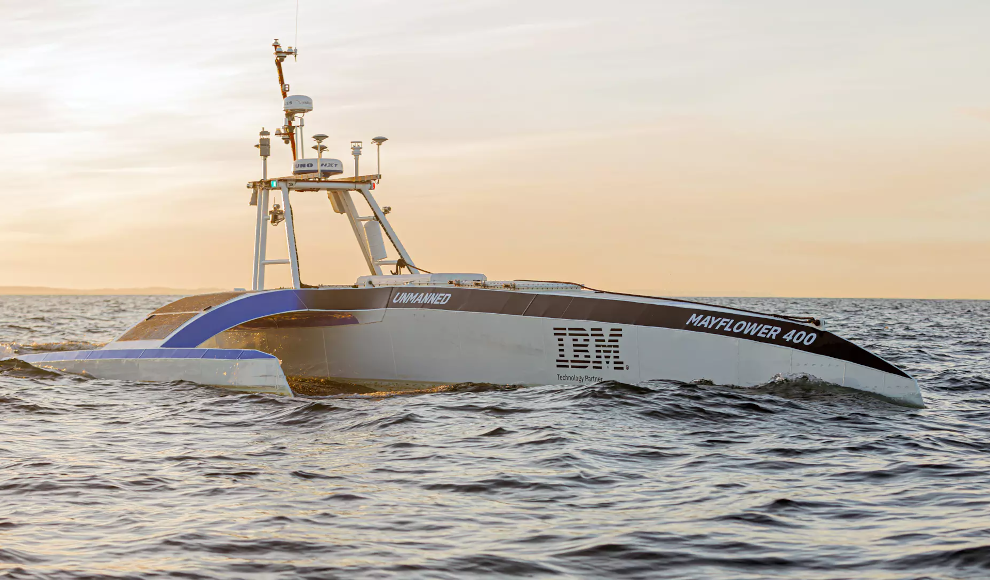The Mayflower Autonomous Ship (MAS) has set sail on its autonomous Atlantic crossing, with plans to reach the United States in three to four weeks. The trimaran departed from Plymouth, England, marking its second attempt at an autonomous Atlantic crossing. Last year, the Mayflower 400 had to abort its journey due to a minor mechanical issue. This year’s crossing covers a distance of approximately 5,600 kilometers and can be tracked live on the project’s website. The MAS is powered by an electric motor that receives its energy from solar cells on the deck, with a diesel generator on board to charge the batteries and power other systems in bad weather conditions.
The MAS project was initiated by the marine research organization Promare to commemorate the 400th anniversary of the Pilgrims’ Atlantic crossing in 1620. The trimaran’s middle hull is approximately 15 meters long, and it is equipped with advanced technology for navigation, communication, and weather analysis. The ship’s position in the Atlantic can be determined with high accuracy using multiple satellite navigation systems, while cameras and radar systems monitor the ocean around the trimaran. In addition, two weather stations provide real-time data on wind direction and speed, air pressure, humidity, and temperature. All of the data is analyzed by an artificial intelligence system called “AI Captain,” which autonomously decides on the ship’s course and responds to potential dangers such as storms.
The MAS’s innovative design and technology make it a significant milestone in autonomous shipping. The project’s success could pave the way for future autonomous vessels, reducing the need for human intervention and increasing efficiency and safety in maritime transportation. The MAS’s journey across the Atlantic is a testament to the potential of autonomous technology in the shipping industry and a significant step towards a more sustainable and efficient future.










